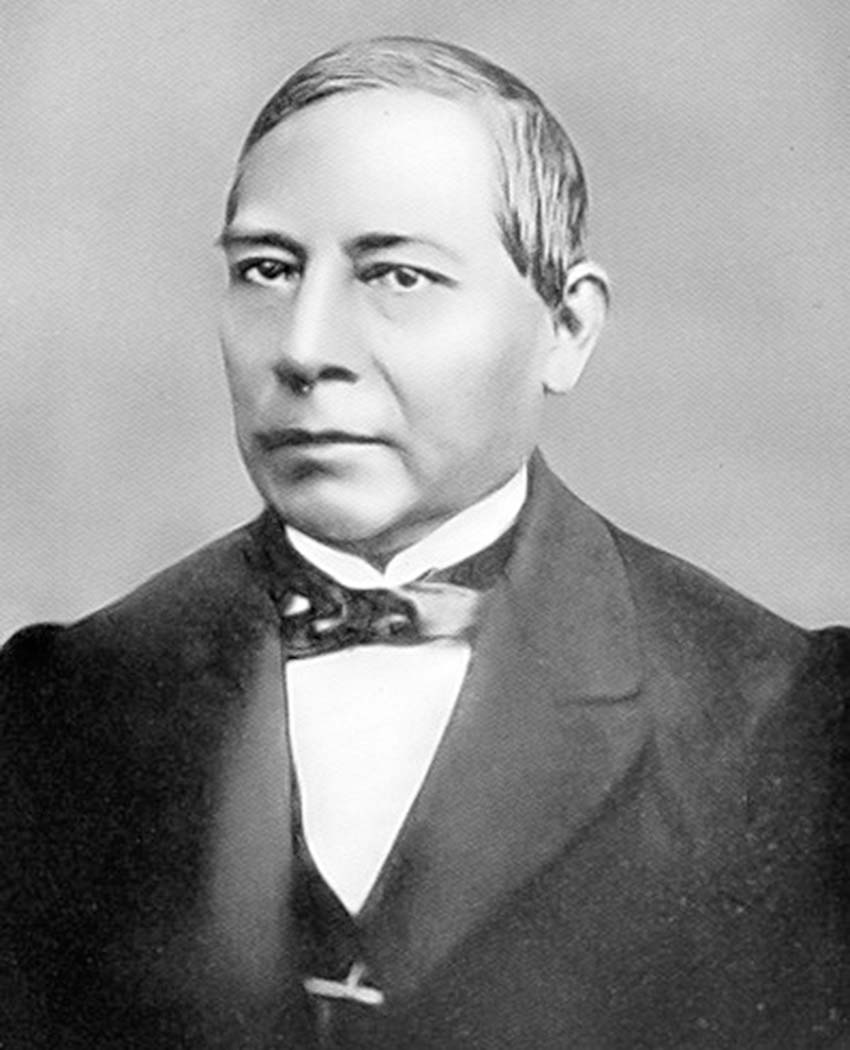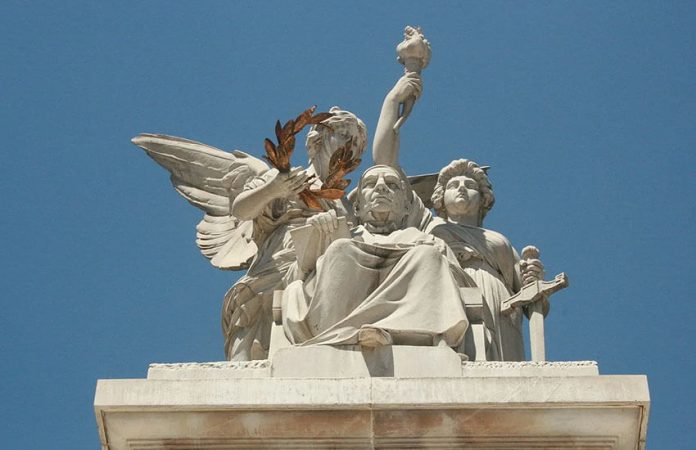Believe it or not, of all Mexico’s federal holidays, only one is dedicated to a prominent Mexican historical figure: that historical figure is former president Benito Juárez and his holiday is coming up this Monday on March 21.
This might seem odd to those of us whose countries have holidays dedicated to several of their historical personages.
Even odder is that Juárez is not connected to the War of Independence that made Mexico a self-ruling state nor to the Mexican Revolution, which shaped the country’s current political reality.
Benito Juárez was president between those two events, from 1858 to 1872 — well, that is, when he was not forced out of Mexico City by foreign and domestic armies.
To say that the 19th century was a turbulent time for Mexico is a great understatement. The War of Independence ended in 1821, but that was just the start of a long process of nation-building that would end 100 years later with the Revolution.

During that century, Mexico was free from Spanish rule but divided politically. Conservatives wanted some kind of government similar to that of the colonial period — be it a monarchy or a dictatorship — with a powerful Catholic Church. Liberals wanted a more Enlightenment-inspired secular society like the United States and some European countries had.
Constant civil war kept giving one faction or the other the upper hand, but it weakened the country: what is now Central America broke away from Mexico shortly after Independence. The U.S. took over a third of the country. Twice, the Yucatán peninsula tried to break away.
Benito Pablo Juárez García was born on March 21, 1806, in the poor community of San Pablo Guelatao, Oaxaca. There was nothing in his early childhood to indicate his future destiny.
A full-blooded Zapotec, he was orphaned at a very young age. He lived with family, but conflicts caused him to run away to Oaxaca city at 13.
Here, he fell in with a monk who saw the young man’s intelligence and sponsored his education. Juárez was supposed to become a monk, but he decided to study law at the Institute of Sciences and Arts of Oaxaca instead.
His political career began in his home state, as did as his trials and tribulations: he opposed Antonio López de Santa Anna ceding the north of Mexico to the U.S. and was exiled to Cuba in 1853 for two years until Liberal Ignacio Comonfort gained the presidency.

With Comonfort, Juárez helped create the 1857 Constitution and when it was adopted, he became the new nation’s first president. However, Conservative factions who found the constitution unacceptable immediately responded, triggering the Reform War (1858–1860) during the first two years of Juárez’s presidency.
Juárez initially fled to Panama, then returned to the port city of Veracruz to form a kind of government-in-exile. The United States soon recognized his government and with its help, he retook Mexico City and the country as a whole.
The Juárez government began implementing the principles of the 1857 Constitution on a national level, introducing agrarian reform, press and religious freedoms, rights for women and the political weakening of the Catholic Church.
Perhaps the most visible vestige of these efforts today is the great number of former monasteries in Mexico, as Juarez’s government seized church properties that were not churches. As a result, many of these buildings remain intact, still owned by the government.
However, the end of the Reform War did not mean the end of Juárez’s troubles: the country was in massive debt to England, Spain and France with no means (or desire) to pay. The French decided to take advantage, invading in 1861 with England and Spain under the pretext of collecting its debts. But after England and Spain came to agreements over the debt with Mexico and left, France named Austrian prince Maximillian I as emperor of Mexico in 1863 with the help of still-hopeful anti-Juárez Conservatives and others.
And so Juárez’s next four years were dedicated to a resistance movement that recaptured Mexico City yet again and executed Maximilian in 1867. Even afterward, rebellions against Juárez’s presidency continued, the most serious of which came from Porfirio Díaz, a former ally in his Liberal Party.

Juárez managed to hold Díaz off until his death of heart failure in the National Palace on July 18, 1872. Afterward, political instability rose again until Díaz took control of the country in 1884.
In death as in life, Juárez’s fortunes have been tied to those of the 1857 Constitution: considered extremely radical by many at the time, it would become the first major step to a modern Mexico, with both it and Juárez eventually gaining mythical status. Even Díaz had to refer to the 1857 document Juárez helped create for his own legitimacy, but he simultaneously circumvented it to become a dictator for three decades.
The Mexican Revolution (1910–1920) was a reaction to Díaz’s dictatorship rather than backing the constitution’s principles, but ultimately, the 1917 Constitution that the victorious rebels used to replace it was the old one with a long social agenda tacked on.
In her book, The Cult of Juárez: The Rhetorical Construction of the Hero 1872–1976 (El culto a Juárez: La construcción retórica del héroe), historian Rebeca Villalobos touches on how Juárez became a larger-than-life figure for modern Mexico. His dedication to liberal principles and the 1857 Constitution was a sharp departure from the dominant strongman or cult-of-the-leader politics that dominated previously (and, in the case of Díaz, after).
Villalobos does call Juárez’s memory a kind of “cult,” but a cult of the rule of law. This cult continues to evolve today. And so you have to dig a bit to find any criticisms of Juárez, either as a person or a politician, unlike most other Mexican historical figures and presidents.
He’s the closest thing that Mexico has to a secular saint.
Leigh Thelmadatter arrived in Mexico 18 years ago and fell in love with the land and the culture in particular its handcrafts and art. She is the author of Mexican Cartonería: Paper, Paste and Fiesta (Schiffer 2019). Her culture column appears regularly on Mexico News Daily.
